Why a Performance-Focused PT is the Key to Reaching Your Goals
If you’re an athlete, CrossFitter, runner, or someone who pushes your body to perform at a high level, an injury can feel like a major roadblock. The last thing you want is to be told to “just rest” or give up the activities you love. That’s why working with a performance-based physical therapist—someone who not only understands movement but lives it—is essential for your recovery and long-term success.
Getting to the Root Cause of Your Pain
Pain is often just a symptom of an underlying dysfunction. A traditional rehab approach may focus on symptom management, but a performance-based physical therapist takes it a step further by identifying why the pain is happening in the first place.
Beyond Pain Relief: Building an Intentional Program
Getting out of pain is only part of the equation. The real goal is to get you back to your sport better than before. A solid and intentional rehab plan doesn’t just focus on passive treatments—it builds strength, mobility, and confidence in your movement patterns.
A performance-based PT understands the demands of Olympic lifting, running, or functional fitness, and they design a plan that ensures your return to sport is seamless and strong. This means:
- Addressing muscle imbalances and movement deficiencies
- Progressive loading to rebuild strength and resilience
- Intentional programming that integrates rehab into your training
- Education on injury prevention so you don’t end up back at square one
Knee Pain Is More Than Just Knee Pain
Too often, knee pain is treated as a localized issue when, in reality, it is usually a symptom of a bigger problem. Whether it’s patellar pain, quad tendon pain, or patellofemoral pain syndrome, the key is to understand why the knee is under stress in the first place.
A performance-based PT will assess factors such as:
- Hip and ankle mobility
- Core and glute stability
- Squat and lunge mechanics
- Running gait and loading patterns
Instead of generic rehab exercises, you need a specific plan tailored to your movement, goals, and sport. For example, if your knee pain stems from poor quad load distribution in Olympic lifts, your program should include tempo squats, controlled eccentrics, and proper bracing drills. If the pain is linked to running mechanics, then cadence drills, single-leg control work, and plyometric progressions should be incorporated.
Here’s just an example of what programming may look like from Dr. Ally and her student Ansley:
Goals:
- Power clean
- Full clean
- Split jerk
- Push press
- Jerk
- Sumo squat
- Wall sit pain-free (on balls of feet, back slide down wall)
- LIFT HEAVY
- MOVE FAST
- RUN
Warmup:
x2-4 rounds
QUADS- ISO leg ext (15 seconds MAX push) w/ reverse hyper
GLUTES- x 20 reverse hypers
Day 1:
I want you to try…
Block A:
- Clean + front squat complex
- 6 rounds, 2-3 min rest between sets:
-
-
-
- 2 power clean
- 5 eccentric front squats w pause at bottom
-
- Week 2 complex (if tolerated)
-
- 6 rounds, 2-3 min rest between sets:
-
-
- 2 power snatch
- 5 overhead squat w pause at bottom
-
***If the cleans are more than a 2-3 knee pain, rack the bar and do 6×5 front squats w 5 second eccentric + PAUSE
Block B:
- 4×12 hip thrust
- 4×8 Bulgarians + 8 jumps
- progression= walking lunges for 16 reps
Block C:
- x 3 rounds
- 8 DB snatch (4 each arm)
- these should be heavy + explosive
- 8 DB snatch (4 each arm)
The Bottom Line
Rehab should not just be about getting out of pain—it should be about getting back to performing at your highest level. A performance-based physical therapist who lifts, runs, and moves like you do will create a plan that is effective, realistic, and tailored to your goals.
If you’re struggling with pain and feel like you’re not getting the right guidance, it’s time to seek out a Physical Therapist who understands the demands of your sport and is committed to helping you bridge the gap from rehab back to peak performance.
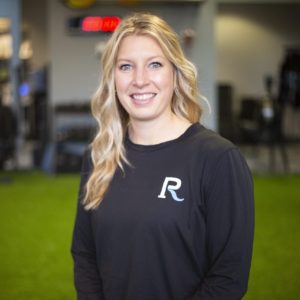
Written by Dr. Ally Nelson – PT, DPT, OCS, CSCS, CIDN| Physio Room
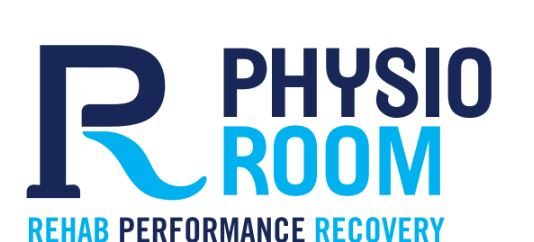

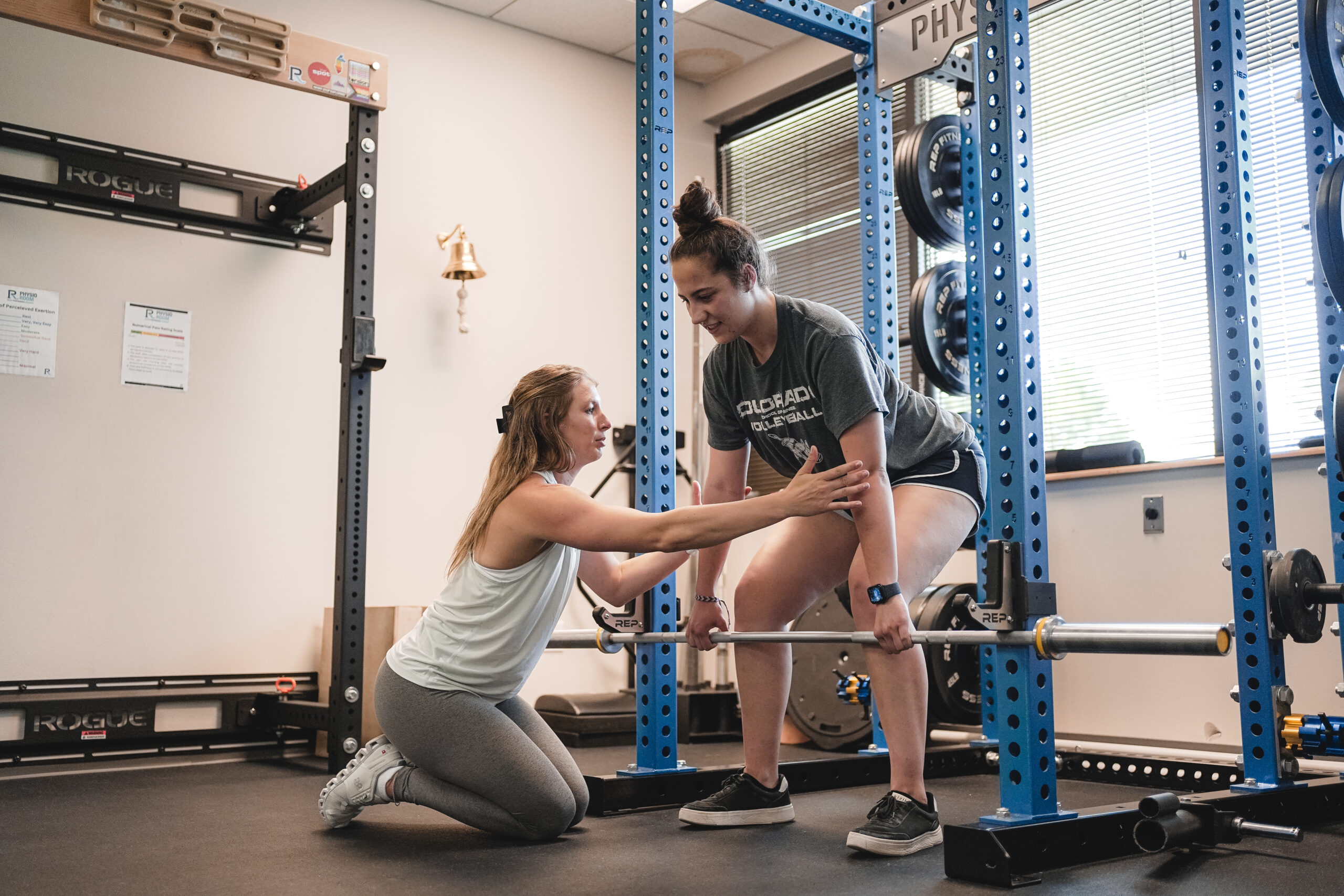
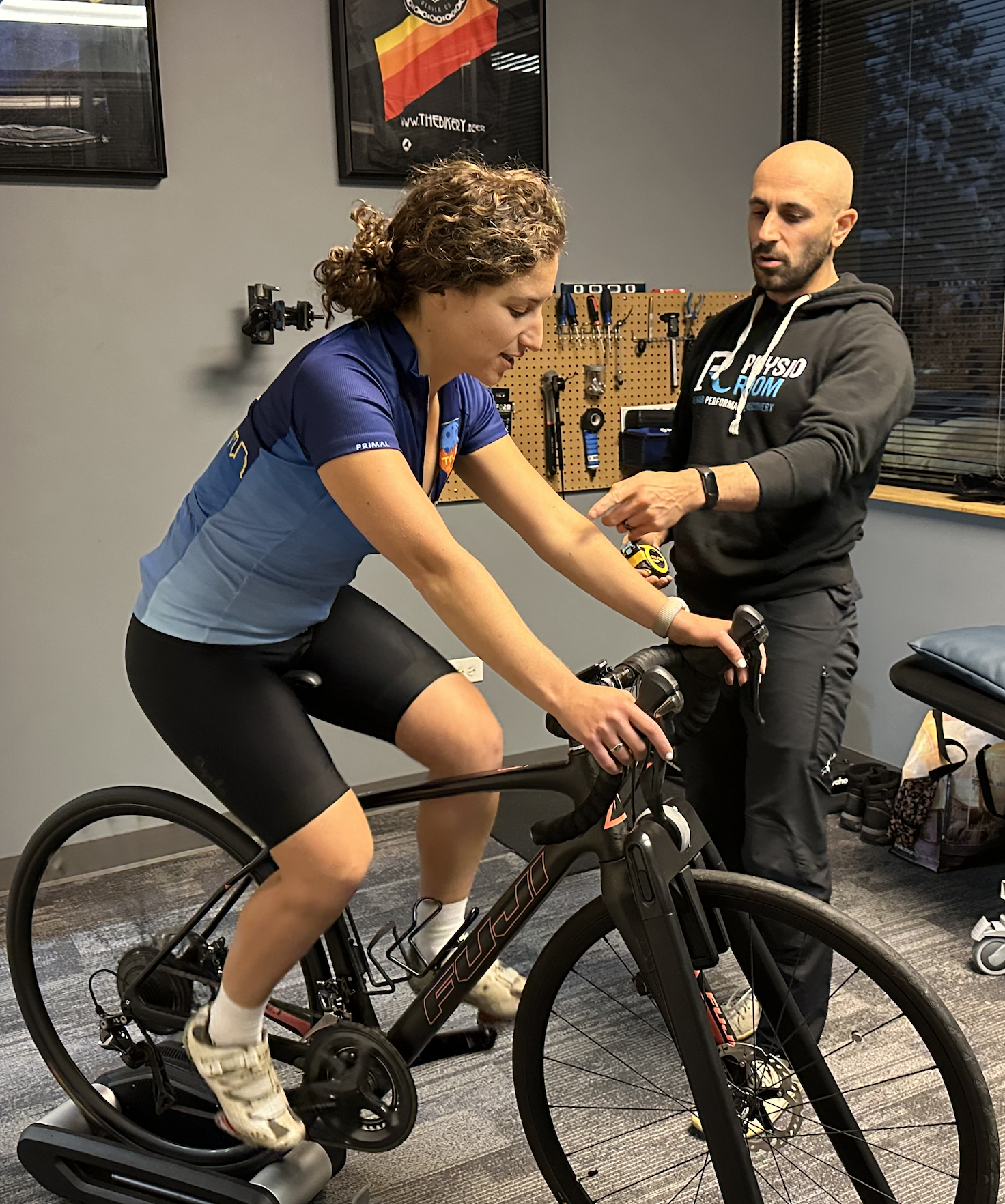
No responses yet